Get creative with gift giving and up your game with TE-A-ME’s range of Gift Boxes!
1. TE-A-ME ASSORTMENT GIFT SAMPLER
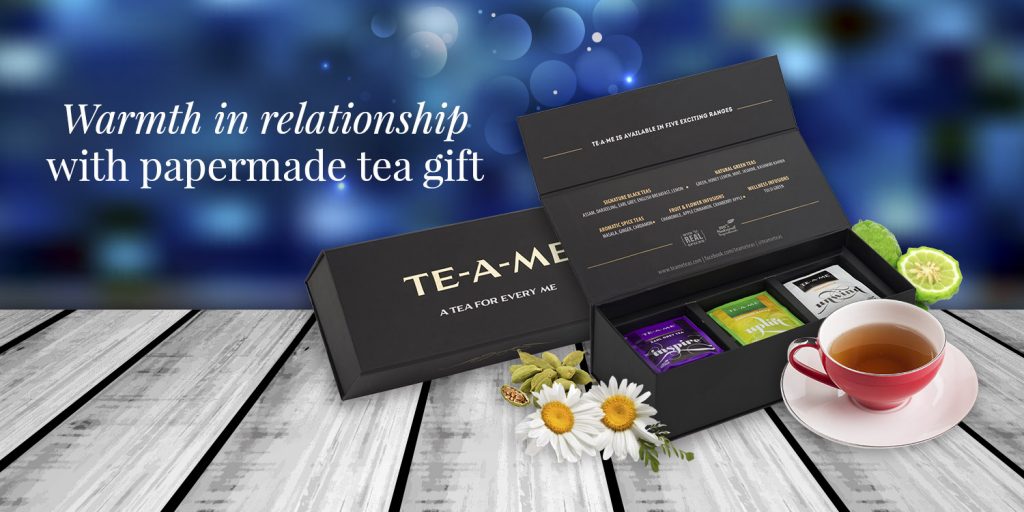
Continue reading “Tea Gifts You Can Charm Your Friends With”

Flavoured Tea India
Get creative with gift giving and up your game with TE-A-ME’s range of Gift Boxes!

Continue reading “Tea Gifts You Can Charm Your Friends With”
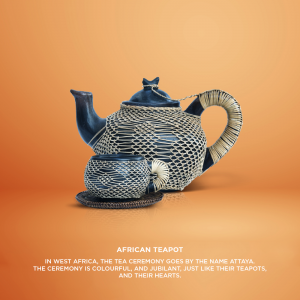
As a historical artifact, the teapot is as important to the enjoyment of tea as the leaf itself. Choosing the right teapot could be as challenging as choosing the right tea for a special occasion. Most tea lovers like having a collection of different teapots, waiting for the right moment to be used. We discuss the most famous teapots and their historical significance.
Chinese Teapots
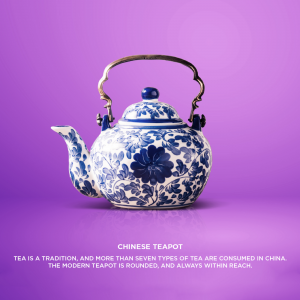
Teapots were invented and first used in China and the design is said to be based on the Chinese wine ewer. The first mention of China teapot is seen in a book?which says that the British East India Company officials in 1694 directed to be sent?teapots made in China. They specifically asked these pots to have a grate before the spout. They actually wanted a barrier in place before the beverage was poured in mugs to hold tea leaves behind. This was the first time that teapots with infusers were made.
Japanese Teapots
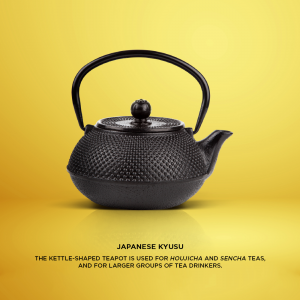
Tea was introduced to Japan from China by travelling Buddhist monks. Japanese teapot is traditionally known as Kusu while the teapot that was obtained from Yixing was referred to as cha-hu. There have been many shapes and designs of Kyusu in vogue in Japan. It can have a side handle or a handle at the rear.
Indian Teapots
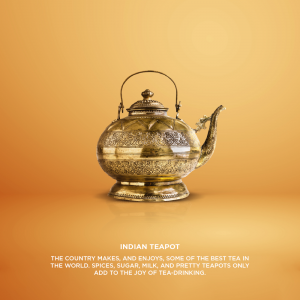
In rural India, tea is still consumed in earthen pots or cups made of red clay. During formal occasions such as festivals and functions, teapots made of bone china or porcelain are used in different parts of the country. White teapots are standard across the country. A glass teapot set is used at special ceremonies to make a good impression on?guests, served in glass cups and the best table clothes.
English Teapots
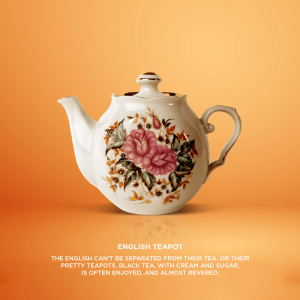
The British imported not only tea but also teapots from China and India. English teapots were mostly pear-shaped whereas now nearly any shape and the colour is possible. Who would have thought we would see black, red or even multicoloured?teapots! Or a teapot that sits on top of a matching mug to serve tea for one.
European Teapots
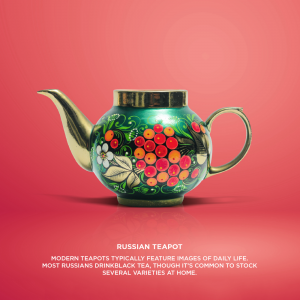
The East India Company introduced not only tea to England but also Chinese teapots to Europe. It was in Germany that first attempt to make earthen teapots similar to those from?Asia was made. They tried to make soft paste porcelain, but they were fragile and often broke when hot tea was poured into them. Eventually, the breakthrough in making teapots was achieved in France where they also decorated these first?teapots with Rococo and elaborate baroque designs.
Turkish Teapots
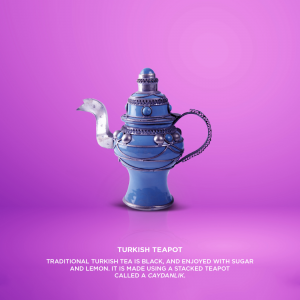
Turkey is one of the biggest consumers of tea today and also have a rich history of drinking tea and different ways to make tea. Turkish tea drinkers use a double teapot called a ‘caydanlik’, to prepare strong black tea. Water is boiled in the lower pot while dry leaves are placed in the top-pot.
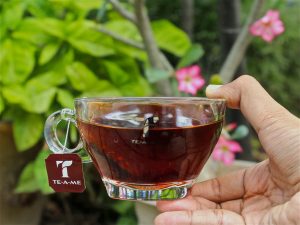
You dropped me in hot water, strained me to take out the flavors out of me and I hardly mind that since I was born to serve you the best aroma I have. I eagerly anticipated this day when my full potential transformed into a warm cup of fragrant tea, right since the day I was born and raised in the beautiful hills of Darjeeling.
The Biology human-nerds call us Camelia Sinensis. But we are popular as Tea Leaves all over the world. And just like how humans have at least one cousin who has settled abroad, I have truck load of them living overseas! I know they miss home. Growing up dancing in the gentle breeze of Darjeeling hills, we watched the sunrise together. Our magnificent emerald green plantations were studded with lovely women hustling to pick the best of us. They sang beautifully. Sometimes even danced. This was the scene at the end of winters, with the sky lit with warm sunrays.
How do they work so hard? we often wondered and with smiles and grace, in these chilly breezy mountains
They have superpowers we secretly know it comes from us. Why else would humans wake up and drink Tea first thing in the morning? And all through out the day, especially when low on energy!
While I grew up, I overheard stories from our Tea Pickers. They spoke fondly about the magical cities. I have been excited about visiting those while I grew into sweet tender leaf in the winter months. But as magical as the cities are, people get tired often, I heard and there is so much work to do! Children seldom sleep at night. They always have to finish something called as late night studies. And the oldies, they are down with indigestion, blood pressure and diabetes. As I heard stories about them, just as much they made me sad, they inspired me to leave the comforts of Sadanand jis farm. For I believe I have the solution to all their problems!
After coming to the cities, I learnt a lot. Us Tea Leaves are known to cure tension and anxiety that busy lives bring to the human folklore. Now its hard for me to actually know what anxiety is, but by the sound of it, it seems taxing. I help humans release a chemical called dopamine, it helps the mind stay happy and calm. I am not surprised; I am very charming like that!
Cancer is the scariest thing I have heard of. Its caused by oxidative damage in human body. But I am full of anti oxidants. I can prevent this crazy disease that is rampant among humans.
When I was plucked and sent to the processing unit, I was terrified. The trucks moved so fast! Why are humans in such a hurry? After reaching the factory, we were segregated. I was mildly roasted, as I was to be Green. Getting roasted however wasnt easy. It was really hot. But boy, after the processing, I smelled so darn good! I couldnt get enough of smelling myself. Id put all the Lux Soap ads to shame!
Well there I was, Rachael, a fully qualified Green Tea Leaf ? ready to be packaged and put on a mission! This time, I traveled by train, which was even faster! Seriously humans, you guys need to slow down a little, dont be so hard on yourselves.
TE-A-ME carefully put me in a BEAUTIFUL tea bag, which was sealed in a sachet and packaged in these awesome colorful boxes! ?There was no way I could lose my fragrance. And thus I found my identity. I feel so darn proud. I have had many fine friends with me. With different backgrounds and high merit. We spent our time telling each other our awesome life stories. Ginger has my best friend and Tulsi smells so good! We were different, we argued and disagreed but together we decided to fight many troubles of mankind. Our mission kept us united and happy. ?And while we were dipped in hot water, we gladly came out as wonderful flavors complementing each other.
Let us then, humans, allow us to remind you, every time you brew yourself a fine Cup of Tea in your busy schedules, that everything will be alright. That we got your back ALWAYS!
I am, by no means, a tea expert, but being a tea lover, I always look forward to tasting various flavours and qualities. Last year, when my friend and fellow tea enthusiast, Swarup, called me up to find out if I would be interested in joining a tea tasting event in Darjeeling organised by his company, I gladly agreed. It was, in fact, too good an offer to refuse. Plus, I had to be in Kurseong the same day for a meeting. I was thrilled at the way everything fell into place!
On reaching Darjeeling, I found Swarup waiting for me. He drove to me to the processing unit and gave me a quick tour around the area. Then, we headed towards the garden where the event was taking place. With the Himalayas stretched like a canvas before the eyes, and the cool breeze sweeping over the lush tea plantation, it was a mesmerizing atmosphere, to say the least. There were premium-quality Darjeeling teas in all shapes, textures, and flavours, and I realised that my taste buds are in for a treat.
Swarup introduced me to Tshering Sherpa, an ace tea taster in business for over 20 years. The charming middle-aged man, who decides the price of Darjeeling flavours, described the finer aspects of tea tasting. Three sensory perceptions — the sight, smell, and taste — are involved in decoding the grade of teas, he explained, as he led us to the tasting zone. The fact that the taste of tea differs due to climate, soil composition, and rainfall, makes the job of a tea taster even more complex.
Upon arriving at the tasting zone, I noticed a lady setting up samples of freshly plucked teas on a long table. She prepared 30 different samples by pouring hot water from a metallic kettle into ceramic containers with different qualities of loose tea leaves, all produced in this garden. Sherpa mentioned that the leaves need to be soaked for exactly five minutes before the tea is poured into a cup. The ideal temperature for tasting, to get the best flavour, is 40°C, so the tea should be left alone for a while to cool, Sherpa said.
As told, I closely observed the flavours, before sniffing and sipping one cup after the other. There was a bowl of hot water placed at the end of the table to wash off the previous flavour before sipping the next. But before I could finish tasting all of the samples, I had to leave or else I wouldn’t have reached Kurseong in time. I was rueful and all I could say was…“so many teas, so little time”. Swarup knew how much I’d have loved to stay and promised me yet another similar treat in future.
After returning to Kolkata, I got busy with work and life. Months passed by and suddenly on a Sunday morning, the doorbell rang. I found a courier boy at my doorstep, standing with a packet. I was a bit puzzled, as I couldn’t remember ordering anything. But yes, the parcel definitely had my name on it.
As I unwrapped the packet, there emerged a wooden box with the name of the garden I visited embossed on it. The tea sampler gift set, containing five compartments filled with top five loose leaf teas rated by tasters at the end of the tasting session. This was a gift by Swarup who also left a note attached: “Until the next tasting session”.
“Brewing time”, I told myself, but before getting immersed into the heady experience of irresistible flavours and aromas, I called up Swarup to thank him for the loose tea sampler gift set and the invitation for the next tasting event.